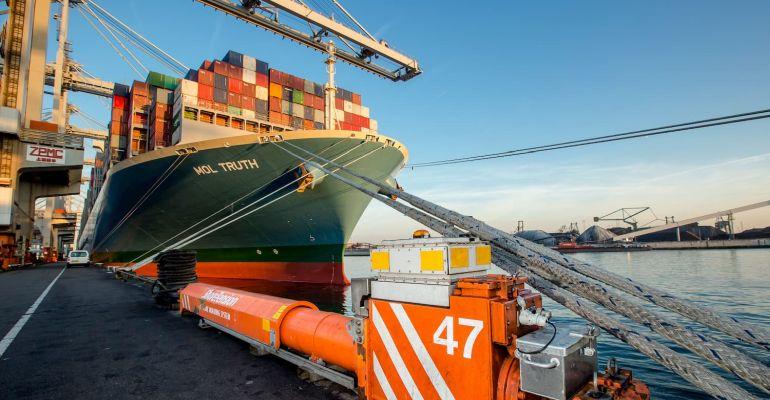Over the immediate five years ahead, the Municipality of Rotterdam and the Port of Rotterdam Authority will initiate a series of projects to accelerate and scale up the adoption of shore-based power, or cold ironing systems.
“We will be setting up eight to ten shore-based power projects for a variety of sea-going vessel types. We will be doing this in partnership with companies in the port area and with the shipping companies that use our port. We will continually monitor the results of these projects to learn whether we can speed up the process or need to take a bit more time,” said Allard Castelein, ceo of the Port of Rotterdam Authority.
Every year, sea-going vessels moored along Rotterdam’s quays consume as much electric power as 250,000 to 300,000 households, according to the port authority. In the process, they release various harmful emissions into the atmosphere, including 600,000 tonnes of CO2 and 8,000 tonnes of nitrogen.
By 2030, Rotterdam’s shore-based strategy could result in carbon savings of approximately 200,000 tonnes per year.
The shore-based strategy includes an objective for 90% of all public quays in built-up areas to be fitted with cold-ironing systems. Rotterdam is also looking at opportunities to realise shore-based power along private quays near built-up areas.
Another objective is to construct new shore-based power capacity for ferries, roro ships, offshore vessels and cruise liners, which should have utilisation rate of 90% by 2030. For container vessels, the ambition has been set at a 50% adoption of shore-based power by vessels of 10,000 teu in capacity and above by 2030.
There is also a plan to develop innovations for special vessel categories like liquid bulk carriers which are difficult to accommodate with the existing shore-based power facilities.
This programme is expected to require a total investment of some EUR125m ($147m). The majority of this budget will be contributed by the companies involved, the municipality and the port authority. Nevertheless, around EUR50m will need to be covered by public funding.
Copyright © 2024. All rights reserved. Seatrade, a trading name of Informa Markets (UK) Limited.
Add Seatrade Maritime News to your Google News feed.  |

